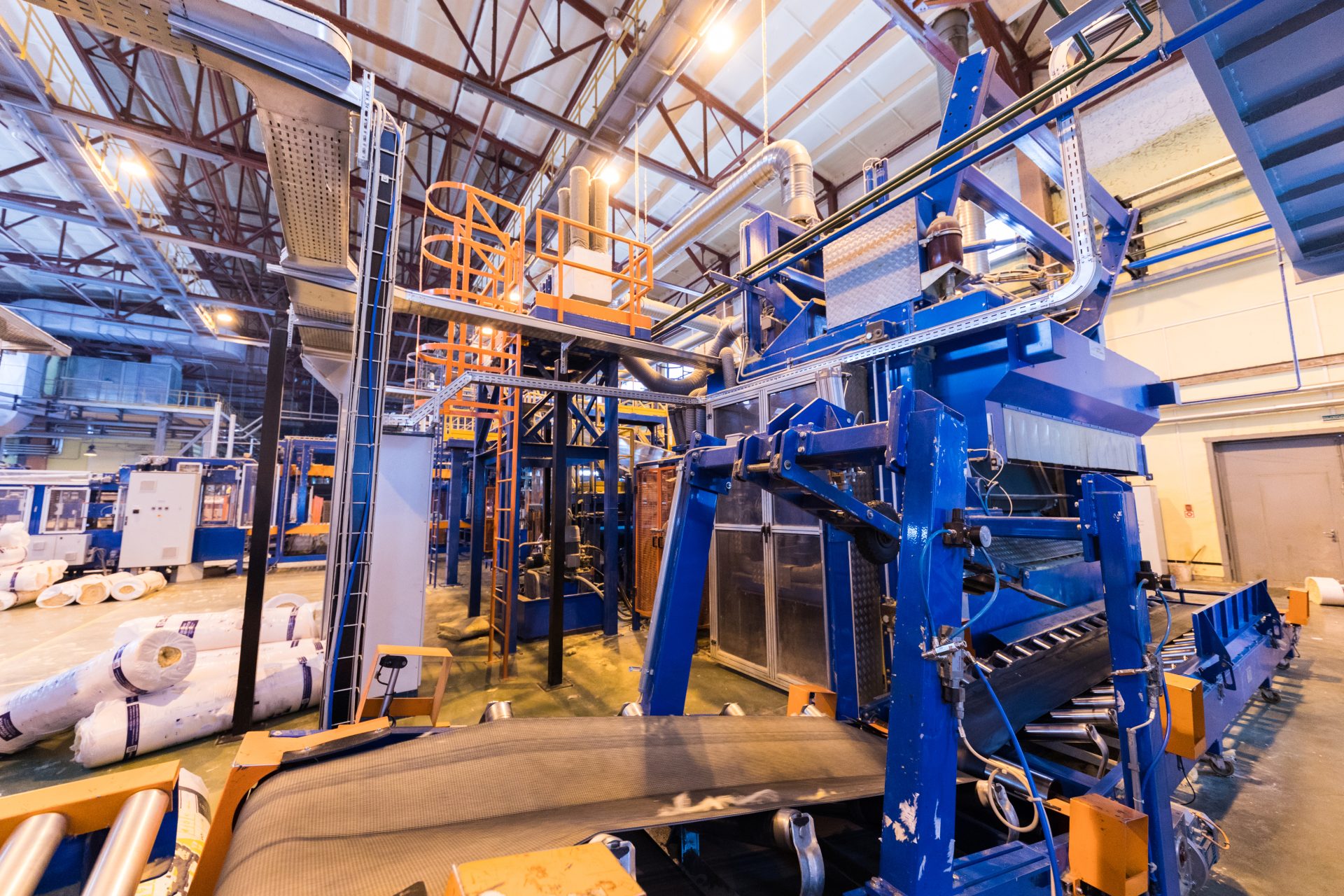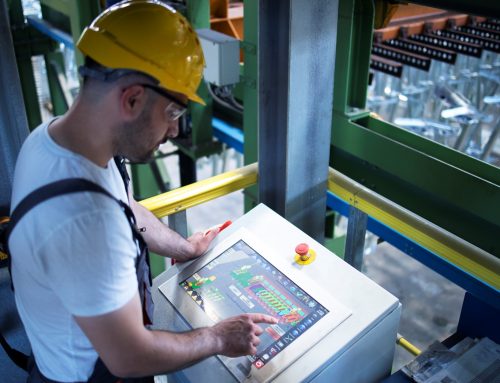Discover how to plan, organize, and implement a preventive maintenance plan in your company with a few simple steps!
Preventive maintenance is an asset management strategy that seeks to prevent potential problems before they occur. It consists of periodic inspections and adjustments to equipment to ensure its efficiency and prolong its lifespan. In addition, preventive maintenance allows for early identification of potential failures and problems, reducing the need for more complex and expensive repairs.
If you want to implement an effective preventive maintenance strategy in your company, we invite you to continue reading this article to the end. Here, you will find valuable information on how to plan, organize, and implement a preventive maintenance plan that can bring positive results to your company.
Define your preventive maintenance objectives
Before implementing a preventive maintenance plan, it is essential to define your desired objectives. It is important to consider aspects such as:
- reducing equipment downtime;
- extending the lifespan of assets;
- reducing costs of corrective maintenance;
- improving the quality of products or services provided.
Be sure to consider the company’s particularities, such as its structure, portfolio of assets, and maintenance team. By defining your objectives, it is possible to direct the efforts and resources of preventive maintenance more efficiently.
Identify your critical assets
Identify the fundamental assets for the company’s operation and determine their efficiency. These are the critical assets that require attention and preventive maintenance to ensure their availability and avoid interruptions in the business. In the food industry, for example, production line equipment is critical, as production interruptions can affect the quality and availability of products in the market.
Analyze the maintenance history of assets
It is important to study previous failures and maintenance operations to determine maintenance needs and what should be done to avoid future problems. For example, if equipment is frequently experiencing electrical defects, more frequent electrical revisions may be necessary to ensure the equipment’s safety.
Define preventive maintenance tasks
Tasks should be specific and include details such as periodicity, tools and materials needed, and procedures to be followed. It is also important to define who will be responsible for each task.
Create a maintenance calendar
Based on the defined maintenance tasks, create a calendar containing information about when each task should be performed, who will be responsible, and the estimated time for execution.
Monitor and evaluate the preventive maintenance plan
After implementing the preventive maintenance plan, it is important to monitor and evaluate its execution to ensure that objectives are being met.
Use tools and indicators to monitor preventive maintenance tasks and check if they are being executed as planned. In addition, evaluate the results of the plan to identify improvements and refinements that can be made.
Implement support technologies for preventive maintenance
Implementing support technologies for preventive maintenance can be essential to the plan’s success. Using an EAM (Enterprise Asset Management) system allows for centralized storage and access to maintenance data, as well as planning and scheduling preventive maintenance tasks, and providing reports and analysis for plan evaluation and improvement.
Train your team to execute the preventive maintenance plan
When implementing a preventive maintenance plan, it is important to regularly train the team so that they are able to execute maintenance tasks safely and efficiently. Training should cover aspects such as safety, equipment handling, problem identification, and identification of replacement parts.
The preventive maintenance plan is very important to ensure the safety and efficiency of assets. Adequate planning and implementation of necessary actions are required to ensure that assets are safe and efficient.
Request a demonstration version of Manusis 4.0 and see how easy it is to implement a maintenance plan through a specialized tool!






Leave A Comment